Everything You Need to Know AboutCreating an Ebook
Amazon’s Kindle. Kobo Aura. Barnes & Nobles’ Nook.
Mobile reading devices are everywhere. In fact, Statista research estimates that there are over 90 million e-reader users in the United States alone.
People are voracious for more things to read.
That’s true of the average consumer as well as B2B decision makers who want to stay sharp
This provides a tremendous opportunity for marketers, especially those who want to position a company as a true thought leader. If you want to define the conversation, not just contribute to it, you need to be a publisher – and long-form content is the way to show your chops.
Great ebooks can be a cornerstone of your content strategy. If you’re going to pour weeks of effort into planning, designing, and launching one, though, you want to do it right.
The entire process of going from idea to publication feels overwhelming, but when you break it into steps, you can easily manage every aspect of it. Next thing you know, you’re reading your published ebook on your Kindle.
Here’s a quick overview of the five steps it takes to turn your idea into a completed, published
- Planning Your Ebook – identify a topic and idea, conduct research, and outline a framework for your ebook.
- Writing Your Ebook – establish a writing routine, define roles with your team, and edit the final draft.
- Designing Your Ebook – cover the basics, add graphics and other visual elements, and finalize a cover.
- Launching Your Ebook – segment your offer, promote via social media, and build your landing page.
- Extending Your Ebook's Success Post-Launch – dive deeper with supplemental content, build a campaign, and boost reach via paid ads.
We take you through every stage in this step-by-step guide to creating, publishing, and promoting an ebook.
But before we dive into the five steps, we need to answer an important question:
Table of Contents
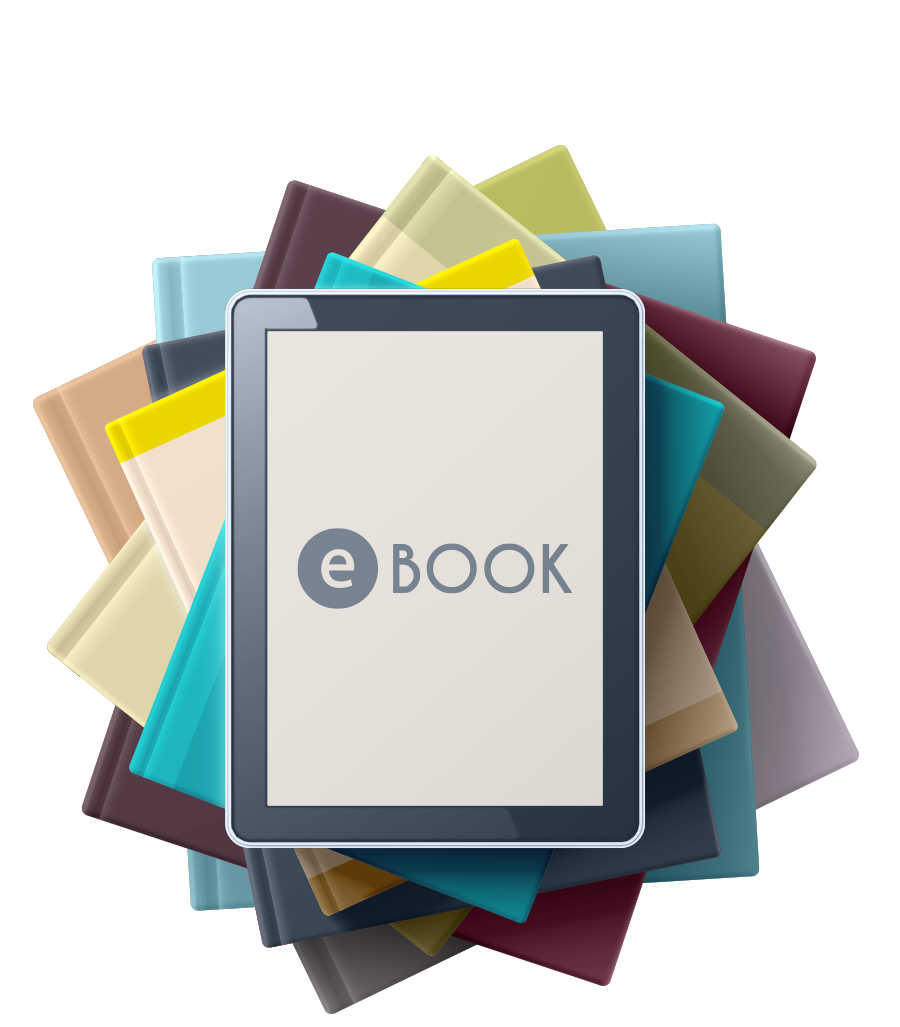
1What Is An Ebook, Really?
Lots of one-person shops pump out lead magnets they call ebooks, but they don’t usually grasp the medium’s full potential. Sure, an entrepreneur working out of the attic can whip up something with useful information, but framing and presentation are vital too.
In short, your prospects will always choose your steak dinner over the average hamburger.
That’s undeniable among B2B decision makers in particular.
To fire up that grill, let’s talk about some key misconceptions about ebooks:
An Ebook Is Not a Blog Post
If you check out the marketing section on Amazon, you’ll notice this trend pretty quickly: An SEO blogger with a small following pulls together an ebook made from recent blog posts. The posts all have useful, informative content (hopefully), but they don’t make a cohesive whole.
This doesn’t deliver a unique ebook reading experience. Readers will get frustrated and confused if they dive into an ebook only to realize they are simply reading blog articles carelessly thrown together.
A tight, carefully crafted blog post is a thing of beauty – it conveys key concepts fast and puts them into a useful form, all while providing a compelling read. Still, blog posts typically stand alone, and stitching them together into a single long narrative will expose the seams.
Of course, your blog posts can help you build out your ebook, especially in the early stages. But if your goal is to use your existing posts as the basis of your entire ebook, you’ll need to expand and re-work them. Not only does this help them hang together, but it will add new value to existing readers.
An Ebook Is Not (Always) Awareness Stage Content
A short ebook can be a good fit for the Awareness stage of the buyer’s journey, when prospects are early in researching the problem. When prospects are seeking out information on their problem and pain points, they’re in the Attract stage of the flywheel framework.
But this is not the only time to deliver ebooks.
A detailed, well-built ebook can also be perfect for the Consideration stage. During this time, your readers are building the criteria they will use to make their eventual purchase decision. They are also compiling their options and winnowing out the ones that are clearly unsuitable.
An ebook provides the perfect platform to start sharing the nitty-gritty details they need at that moment. You can integrate plenty of chart, tables, illustrations, and infographics to clarify data.
An Ebook Will Not Be Read in the Same Way as Blog Articles
It might sound strange to hear that more people are reading.
After all, marketers have known for decades already that nobody reads on the internet. Instead, they skim for the most valuable facts they need at a given time.
This is the core reason why headlines are so crucial to the success of every piece of content. On the flip side, a good “P.S.” statement raises landing page conversions five to 10%.
Viewers are trained to search for parts like headlines and P.S. statements.
When you’re presenting a huge, meaty hunk of incisive content, you don’t want people to treat it like they treat the average blog post. You want them to engage with the content, shut down any distractions, and actually block off time to read it.
You want your ebook to trigger people to engage with their “reading brain.”
How do you make that happen?
Using the visual conventions and language of publishing goes a long way – if your ebook looks like a set of blog posts, that’s how people will treat it. If it looks like a book, they’ll treat it like a book. After all, the classics don’t lose value when you read them on a Kindle.
And that leads us to this point...
An Ebook Is Not Always Compatible With Every Device
There are several different formats compatible with modern e-readers, including .mobi and .pub. Since PDF is the old favorite and has cross-platform appeal, you should always finalize your ebook in that format, even if it’s also available in HTML.
PDFs are more convenient for some readers because they can read PDFs on their smartphones, whereas ebook formats like .mobi and .pub are not supported by all mobile devices.
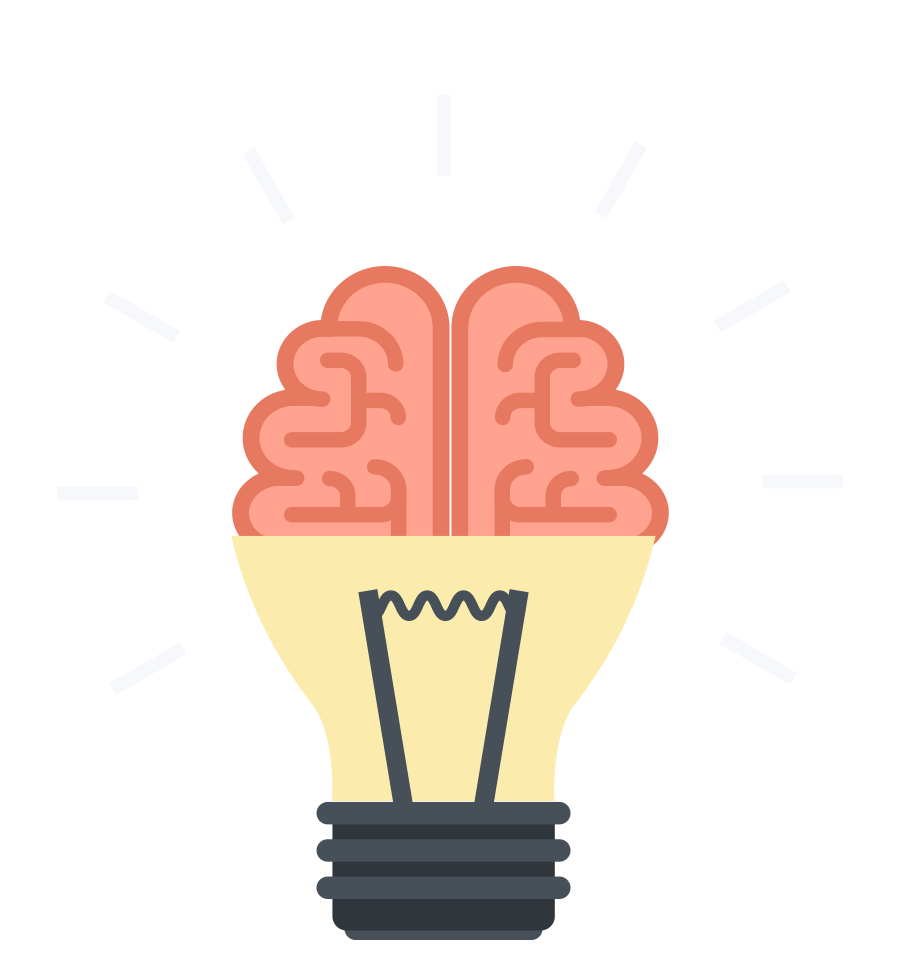
2Planning Your Ebook
Now that we cleared up some misconceptions about ebooks, it's time to start your planning process.
Planning requires a lot of research to compile data, identify topics you can cover with your ebook, brainstorm all the related subtopics you want to cover, and create a full outline of the ebook.
Let's go through each step you need to take to create an awesome ebook.
Brainstorming Your Topic
As with every piece of marketing content, you want to start at the end. The best way to get the ball rolling on writing your ebook is by answering these four questions:
- Which buyer persona will this ebook address?
- Where does this ebook fit into the buyer’s journey?
- What is the ultimate conversion objective of this ebook?
- What are the biggest takeaways your reader will gain from reading this ebook?
Depending on your product portfolio and the planned complexity of the project, you might need to address these questions with sales, product development, and executive leadership.
As with all your content, these answers inform how you structure your message. That shapes your ebook all the way down to the level of individual phrases and appropriate industry jargon.
Conduct Your Research Process
If you already have a defined research process for writing blogs, it will serve you well here. However, if you don’t have a process yet, you can get started with these key points in mind:
Break Out Your Favorite Industry Bookmarks
Starting with trusted sources like Forbes, Inc., and Fast Company is usually the best way to find out what industry experts are already saying about your topic. Plus, it will clue you into the latest trends you should mention to make your work timely.
Monitor Influencers and Social Media
Major publications aside, you also need to be monitoring what your target audience is sharing on social media. Use social media monitoring tools, or just simply spend time in relevant groups and follow hashtags your buyer personas are using.
Also, identify the top influencers within your industry and follow them. Use tools like BuzzSumo to get a better idea of what content is performing the best. You can search for topics and competitors and analyze data so you know exactly what is resonating the most in your space.
Google Is Your Friend
The majority of B2B decision makers start their product research with a generic Google search. In this case, if it’s good enough for them, it’s good enough for us!
Set up Google Alerts based on keywords your buyer personas are likely using in their queries. This way, you stay in the loop on the latest content being released based on topics your audience is searching for.
Competitive Intelligence Will Give You a Leg Up
Monitoring your competitors gives you a huge advantage because you can find opportunities to outperform them in their marketing efforts. We already mentioned the importance of social listening, but that just scratches the surface.
Your industry peers – and, yes, rivals – are a tremendous source of insight, especially when they’re talking to the same audience you are. So as you read through their content, you can look for topics to build your ebook around.
Aside from social listening, you should also consider using tools to help with competitor analysis, like Ahrefs, Spyfu, and SEMRush, to research keywords you have in common with your competitors and to see how you stack up against them.
If you’re being outranked for a keyword that would generate a lot of relevant organic traffic, this keyword and related topics would be a place to start when you’re trying to narrow down your ebook idea.
Generating an Idea
With keyword research, competitor analysis, and social media and influencer monitoring, you should feel like you have a great understanding of what your buyer personas are most interested in, what content already exists, and what gaps of content you can fill for your audience.
You should also know exactly who you’re writing for, where they are in the buyer’s journey, and what action you want them to take after they read your ebook.
Combining this with all your research, you should be able to answer the fourth question raised in the brainstorming section of this chapter: What are the biggest takeaways your reader will gain from reading this ebook?
For example, you work at an employee wellness consulting firm. Your buyer personas are HR leaders, and after keyword research and monitoring, you notice that there are no long-form pieces of content that can walk HR leaders through every step they need to follow to implement a workplace wellness program.
So start with your working title. In this case, it can be something like, “The HR Leadership Guide to Launching Your First Workplace Wellness Program.”
With a specific idea in mind and a working title in place, you’re ready to dive into the small details and start outlining your ebook.
Outline Your Ebook in Depth
No matter the length of your ebook, you need an outline in place. Not only will it save you time throughout the writing process, but it will also help with the following:
- Ensure you cover everything you intended to so you don’t leave anything out.
- Break up your writing and editing into manageable, bite-sized chunks.
- Structure the ebook in a coherent fashion that’s a breeze to read.
- Collaborate and delegate sections to all team members involved in the project.
Your outline should include all the major topics you need to cover, including the main headers and subheaders. If you’re going to make claims that require stats or citations, add those into your outline as well. Major illustrations, like infographics, charts, and tables should be listed, too.
All of this will make the next few steps much easier to manage and cut down on rework.
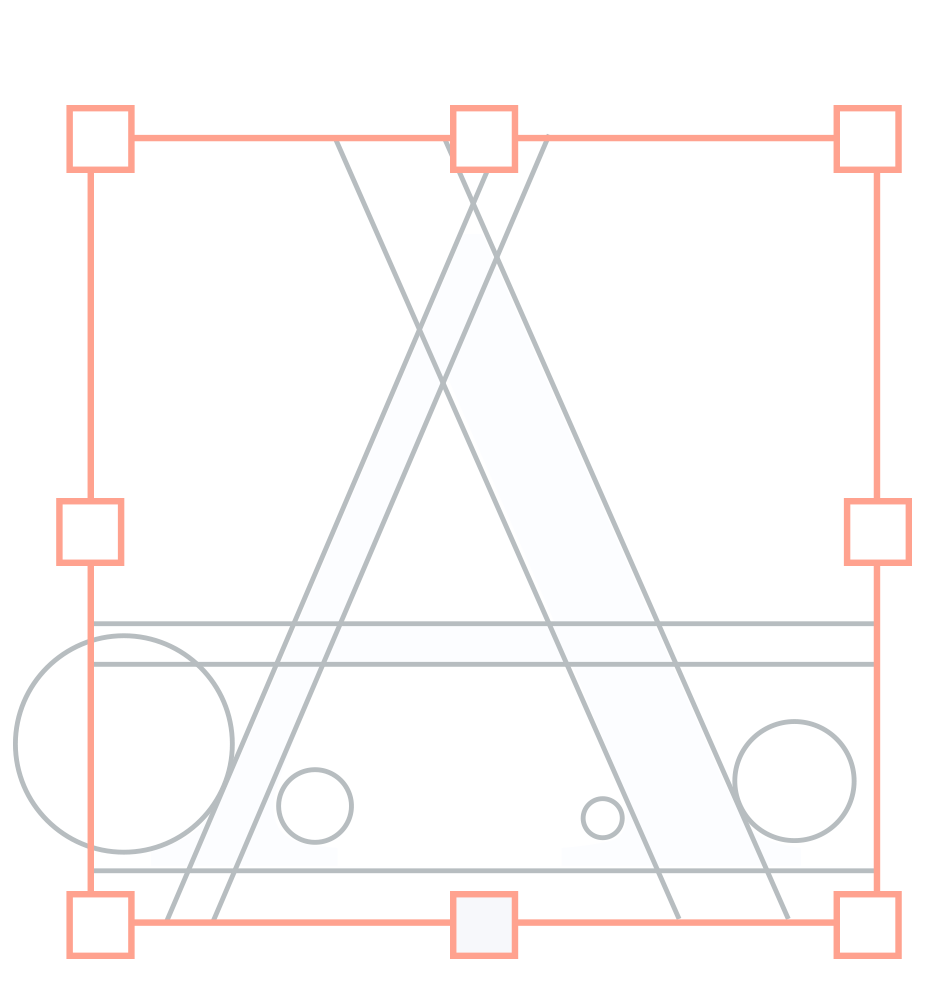
3Writing Your Ebook
Now that you have everything lined up, you’re ready to get to the most time consuming, challenging task in the entire ebook creation process.
It’s time to write.
To create a writing process that works for you, there are a few best practices you need to follow:
Establish a Production Goal
In business, as in life, things that don’t have a deadline tend to go undone. You can save yourself a lot of heartache in the long run by setting a rock solid date for your ebook to go live.
Then, backtrack and figure out which milestones to reach each week.
If your firm has a larger marketing team with mature, repeatable processes, you can benefit from using a content calendar. Calendars keep things tidy and ensure nothing gets overlooked. Coupled with a communication suite like Slack, it’s easy to stay on task.
Speaking of which ...
Include All the Teammates You Need
In many cases, a solo contributor will do all the writing and editing for an ebook.
Most of the time, though, the author isn’t responsible for the illustrations, design, or final technical tweaks.
You don’t want your teammates to find out too late that they’re working on an ebook. Provide some notice to each person involved ahead of time.
One of the best ways to properly communicate roles to each teammate is by assigning their tasks to them when you present a finalized outline of the ebook.
This helps them see where in the content they need to create and add their contributions.
Use a Modular Writing Approach
When someone like Stephen King is writing a novel, every piece of the story has to connect to every other piece.
When things don’t quite fit together, untangling all the different elements can take weeks. Luckily, an informational product follows different rules.
Module-based writing yields chunks of content that can be arranged easily. It typically consists of a few module types, such as:
- Overview – brief description of the theme of the corresponding module group that follows.
- Concept – basic definitions and information that is easy to scan and read quickly.
- Task – steps showing the reader how to accomplish a goal.
- Reference – information that provides context for the information presented in the module.
With a complete outline, you have the scaffolding you need to break down your writing into chunks.
Every topic you cover should be self-contained, with the conclusion of each chapter serving to review the critical points and tie the entire work together.
Chapter wrap-ups with key takeaways are a great way to make sure your ebook flows, even if you write the individual chapters weeks apart. You can also use creative methods to inject more interest into the work.
For example, write a “frame story” that shows two clients – one doing things the right way and the other doing them the wrong way. That makes lessons more memorable as well.
Worried about having enough time to take on a huge job like this? Don’t jump into writing the most difficult sections that will make you slip at the starting line of the writing process.
Instead ...
Start with the Easy Stuff: Introduction and Conclusion
Your outline is your master plan, and the introduction and conclusion are the first steps you should take. These ground your work so you’re always heading for the finish line. Plus, having the last section done is a relief – it means your goal is reachable.
Your introduction needs to explain exactly what value readers are going to get from your work up front. You’ve got their attention at this point: Make a pitch that keeps them reading!
Keep your introduction centered on your reader and what’s in it for them, not your brand story or credibility.
You’re not selling yourself here; you’re establishing your relationship with the reader, indicating how you’re going to help them.
The rules for your conclusion are simple too: Your introduction says what you’re going to say, and your conclusion says what you just said. Just as in any client presentation, be cautious not to introduce new points. If anything raises a new objection here, you won’t have time to answer it.
Of course, your whole ebook should end with a call to action (CTA).
Your CTA should be aligned with whatever marketing purpose you crystallized in the early planning stages. It doesn’t hurt to offer your ebook audience a special incentive for sticking with it to the end as well.
Edit at the End, Not as You Go
Writing an ebook already requires a huge investment of time and resources. You don’t want to do double the work by not following an efficient editing and proofreading process.
It’s tempting to edit and proofread as you go, but doing this will slow down your entire writing process.
Your writing process should follow these four steps:
1. Drafting
Write your entire first draft. Remember, you need an imperfect, completed first draft. Don’t overthink every single word and sentence structure.
At this early stage, focus on getting your ideas in your outline broken into sentences. Simply let the words and ideas flow.
2. Revising
Not to be confused with editing, the revision step means you’re “re-visioning” the ebook as a whole.
This is when you look at the structure and organization of your ideas and the content. You might be removing, rewriting, or adding entire new paragraphs and sections at this stage.
3. Editing
At this point, your ebook should make sense in the way it’s organized and structured. Each section should have all the content in place, including all graphics, research, statistics, and images.
When you’re editing, you’re strictly looking for typos, grammatical and punctuation errors, and consistency in style (e.g., AP, MLA, Chicago Manual of Style).
4. Proofreading
The final draft of your ebook is approved, formatted in its appropriate file, and prepared for launch.
At this stage, you’re doing one more read through to spot any more egregious errors in the writing as well as the layout. Common errors you might find include gaps between words, odd line breaks, or misplaced graphics.
You want to read the ebook from the perspective of your reader to ensure your content fits together and makes sense.
But before we get to launching your ebook, let’s look at the design process.
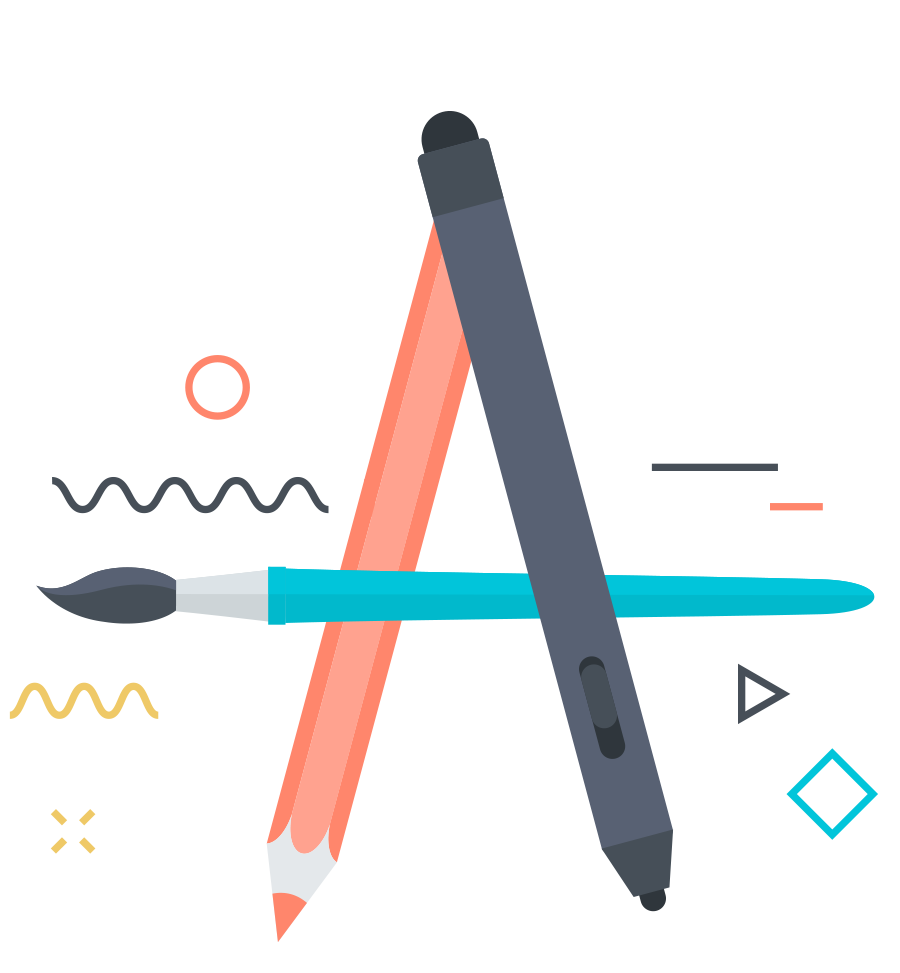
4Designing Your Ebook
If you have a graphics expert on the team, you’ll get to turn a lot of the hard work over to them when it’s time to do design. You should follow their input when deciding how to deal with the visuals and integrate your workflow with theirs as much as you can.
What if you’re left to your own devices – or even have to do it all yourself?
These pointers will make things easier, even if you’re not a Rembrandt:
Define Some Basic Visual Conventions
First things first, you’ll want to set up the ground rules for how your ebook will look. Just like any other part of your brand identity, it should be consistent all the way through the entire book.
Ask yourself questions like:
1. Is the ebook going to use your branded color scheme or have its own?
2. Will it have pop-outs or contrast boxes for tips, warnings, or summaries?
3. Will the pages utilize a background image or geometric “pops” of color?
4. Which elements of the text would benefit from a photo or illustration?
5. Which research or data would be better presented with a graphic?
By doing this early, you can create some templates that will allow you to slot your text into place as you go.
You can also get an early start on figuring out the workflow for each aspect of the design, so you’ll never find yourself scrambling for illustrations to fill space at the last minute.
Work on One Chapter at a Time
It’s impossible to build out the whole visual infrastructure of an ebook without already having the text.
Luckily, you don’t have to save the design work for last: You can (and should) set up each chapter as the text is completed, potentially cutting weeks off the time to final release.
Turn Data into Graphics
Data helps shore up your points and adds an aura of professionalism to your work. If you want that data to actually sink in, however, you need to make it vibrant – and graphics are the way to do that. Sleek, simple charts and graphs help you speak to decision makers in their language.
If you have a lot of data, aspire to produce one (preferably two) infographics.
These make a great standalone release for your social media accounts or subscription list so you can stoke some anticipation for your ebook. Plus, they’ll drive new prospects back to your site to download.
To keep your final download to a manageable size, use the .gif format for these inserts.
Don’t Forget Hero Shots
You should design every page of your ebook with the same care you would use for a landing page – and if there’s one thing a landing page just can’t go without, it’s hero shots!
A hero shot is an image that shows readers what it’s like to enjoy the benefits of your product or service. It helps readers envision themselves using it.
The hero shot can be a good way to mark off chapter breaks and reignite reader attention when they might be fading a little bit.
Keep your buyer persona in mind when you determine what your “heroes” should look like and what activities they should be engaged in.
Although designers love to use .png format while working on photography, it’s best to save photos to .jpg before integrating them into your draft. The .jpg is a step down in terms of color reproduction, but suitable for complex images. The .gif is the simplest, with the smallest file size.
Use Geometry and Contrast
It might seem simple, even self-evident, but it’s easily forgotten. Little pieces of visual interest – shapes and colors – keep text jumping off the page.
An ebook looks more fresh and dynamic when it offers lots to look at. So, consider how you can make your text more visually appealing.
Simple background graphics, “hot tips” boxes, a contrasting color bar for your footer, or a spark of emphasis for page numbers: All these simple design elements offer opportunities to ensure your readers won’t feel like they’re slogging through endless text.
Include a Complete Front Cover
In today’s day and age, how do you know that something is a book?
Electronic books come in countless formats and styles. Generally, their text will look a little bit different depending on the platform someone uses to view them. For example, some ebooks may include a table of contents or an index while others don’t.
Still, there’s one element that has remained consistent: A front cover.
Early in the days of e-commerce, marketers discovered that a good cover served the same function for electronic publications that they did in the bookstore: Front covers make the ebook more enticing and, in the case of nonfiction, believable. The professionalism of a cover is a reflection of your brand.
While a back cover is far from essential, you should consider including one. This gives you the chance to use mockup “product images” of the entire book, a classic way to boost total downloads.
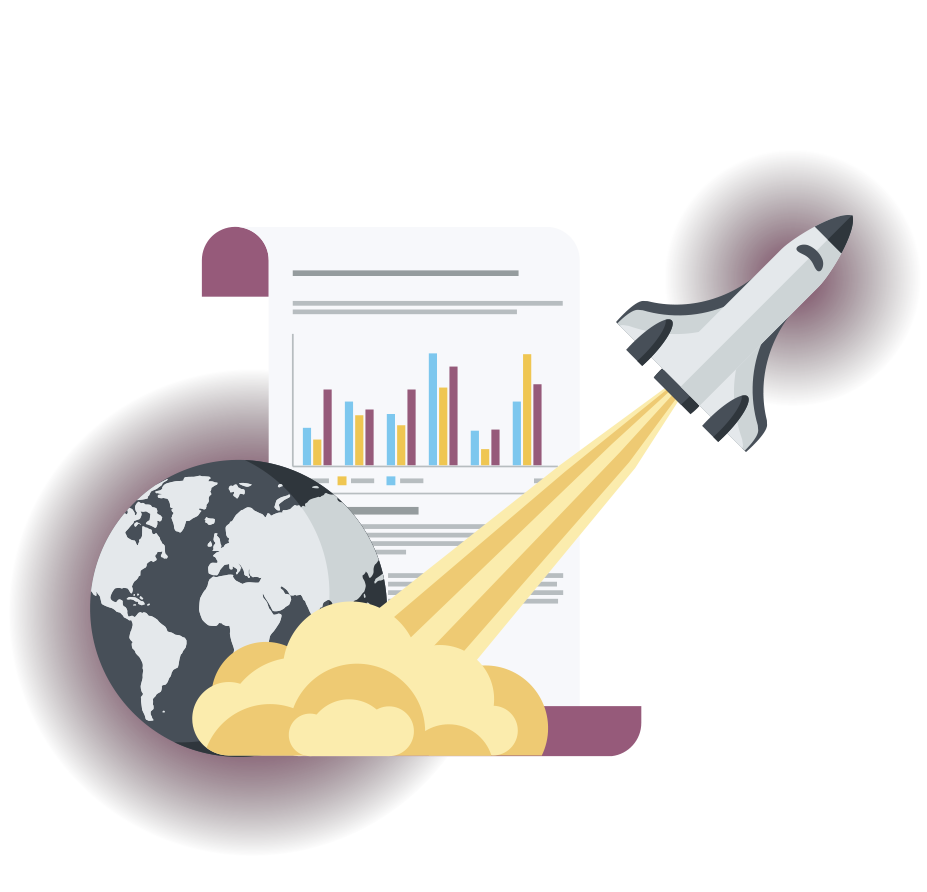
5Launching Your Ebook
Congratulations on surviving the writing and designing process! All that time and energy you invested will pay off in dividends.
But you will only reap the benefits of your ebook if you know how to properly promote and launch your ebook offer to your audience.
Here’s a look at how to launch it and hit the ground running:
Segment Your Database to Target Messaging
You wouldn’t piece together a whole ebook unless it was connected to an existing or upcoming offer, so use your flywheel framework to your advantage.
Laser-target news about your latest publication to the most relevant segments of your subscriber list.
Just like any product release, any hype you’re able to generate before the release will only improve your results. You should aim to start promoting your ebook no less than two weeks before release, but a month is far better.
Keep this mind as you’re putting the finishing touches on your ebook design and completing your final edit. If you have a big enough team, make sure they know when to start targeting relevant segments within your customer relationship management (CRM) suite.
For example, as a marketer for an employee wellness consulting firm, you should know who your visitors are.
If your website visitors identify themselves as HR leadership when they downloaded previous offers from you, they would be interested in your upcoming release of your ebook, The HR Leadership Guide to Launching Your First Workplace Wellness Program.
You can create a promotional email drip campaign, sending them excerpts from the ebook and exclusive content offers, like a bonus chapter or audio component associated with the ebook.
But this isn’t the only way to promote your ebook launch. You also need to get social.
Conduct Social Media Promotions and Countdowns
Leveraging social media to the utmost will get you some immediate downloads in the early hours of your ebook’s existence.
You can even bundle your promotion with a full social campaign, offering rewards and incentives to those who choose to share the ebook.
Social posts give you the ideal way to remind your core audience about your ebook every day in the run-up to release – 10 days is a psychologically satisfying figure for a countdown.
For example, post pictures of the ebook’s front cover, share infographics from the book, and give your followers a sneak peak at the table of contents.
To make the most of your social media promotional campaign, analyze your social media metrics to determine the best time to post. This way, you know your followers are going to see your social media campaign content in their newsfeeds.
Build an Optimized Ebook Landing Page
Every good product and service needs its own focused landing page, and that’s just as true of the content that establishes your thought leadership. You can launch your ebook’s landing page as soon as you have a solid release date. Just make sure you don’t miss your deadline!
Before release, the purpose of the lander is to build excitement and get early sign-ups.
This lets you drill down even further into your customer segmentation by identifying users who are truly interested in the publication. You can reach them later with a follow-up email series.
An ebook lander should follow all the best practices you already know well.
Add the New Offer to Your Newsletter
If you send out a regular newsletter, start directing people to that optimized landing page so they can sign up to receive their ebook as soon as it becomes available. Not everyone will buy in, but many users will return to the same page after the release date to download.
After updating your newsletters, be sure to double-check their attention ratio: Too many offers in one email message will diminish the conversion rates for all of them.
At least a few of your email blasts should be 100% focused on the pending ebook release, with zero distractions.

6Extending Your Ebook's Success Post-Launch
Once your ebook is live and your followers are loving it, you can still add some mileage to your ebook. Your ebook is going to engage and delight your audience for a long time. You need to set it up for continued success.
Stay focused on the long term and make the most of your ebook by following these best practices:
Preview Your Ebook Through Blog Articles
By this point, you might be asking yourself, “Where does the blog come in?” Thinking about the supplemental content is a great mindset to be in.
Even if you write an entire encyclopedia on your area of expertise, your blog is still going to stay the core of your web content strategy.
Ultimately, your blog posts have the potential to anchor your ebook’s long-term value by giving you relevant SERP placement and pulling in readers.
Luckily, you have an ace up your sleeve.
Instead of taking your existing blog posts and melding them together into an ebook, you can take your ebook and spin out the top sections into their own blog posts. This works much better, and it helps tantalize site visitors who might otherwise overlook a longer read.
You want to get your visitors excited about reading your ebook.
Your ebook should feature prominently in your content strategy for about two months after its release. This gives you time to trot out a sizable preview by way of a series of blog posts. If you have enough material, you can keep it rolling on a weekly basis.
As you would expect, the size of each post should be dictated by the total size of your ebook.
You don’t want to give away everything you have to offer, but you should provide enough insight so your prospects will be tempted to sign up for the book right at the bottom of each post.
You might even find that you want to roll out a content-focused promotional strategy including partnerships with social media influencers and guest blog posts on relevant platforms.
Add the Ebook to the Relevant Sections of Your Website
A cohesive internal linking strategy makes it much easier for motivated prospects to find just what they need on your website. Be certain to add your ebook link everywhere it might go on your site, including your service pages and resource pages.
If your ebook is going to anchor your content strategy for a long time to come, you might even put it in your main or footer menu.
Last, but not least, update any sitemaps you use, including your XML sitemap.
Use Paid Promotions to Give Your Ebook That Extra Push
If you’ve followed all of these steps so far, then paid promotions are the icing on the cake ... not the entire cake. If your budget allows, deploy some paid promos for that extra bit of umph.
Keep a close eye on your paid traffic so you can continue optimizing the conversion funnel for your ebook. In a few weeks, you should have a clear idea of how to align ad costs with expected ROI.

7Final Thoughts
If I had to pick just one word, I might be tempted to go with “Wow.”
You can see now that writing, designing, and releasing a quality ebook is an intensive process.
The cool thing about committing to that process and really following through is the fact that it mimics so closely what a “real” publishing house does in the digital age.
When you get all these different factors working together the way they should, you’re not just creating an awesome piece of content (although that is a very satisfying part of it).
You’re also upleveling the processes that will help your whole content marketing apparatus be more successful in the future. Every member of your team who touches your ebook, from the planning phases all the way to the post-release boost, is bound to learn something.
Take time afterwards to decompress and distill the lessons learned and you’ll find that you can apply them to a wide range of content marketing challenges. For example, composing a whitepaper or developing a video series just got a whole lot easier.
And, if it matches your marketing goals, you could release future ebooks much faster.
Now that you’ve got a roadmap to creating a high-powered marketing ebook, the best thing to do is jump into the process with both feet.
Planning comes first, but many aspects of writing, design, and setting up your promotion can happen concurrently so that no time is ever wasted.